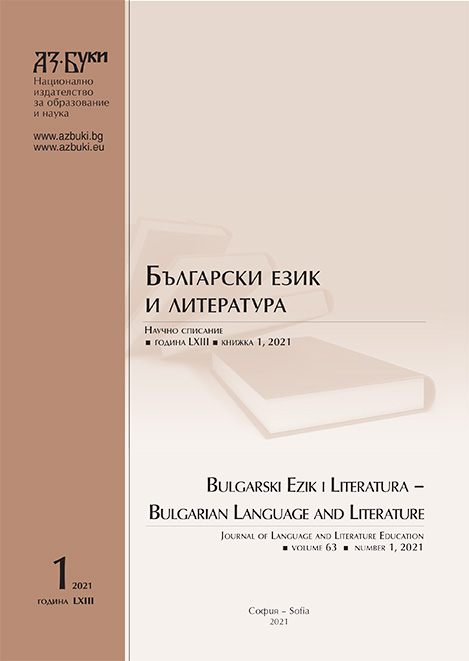South Slavic-Ukrainian Phonetic and Graphic Variability in Religious Monuments of the 14th–15th Century
South Slavic-Ukrainian Phonetic and Graphic Variability in Religious Monuments of the 14th–15th Century
Author(s): Inna TsaralungaSubject(s): Social Sciences, Language studies, Language and Literature Studies, Education, Theoretical Linguistics, Applied Linguistics, Phonetics / Phonology, Historical Linguistics, Comparative Linguistics, School education, Vocational Education, Adult Education, State/Government and Education, Philology, Inclusive Education / Inclusion
Published by: Национално издателство за образование и наука „Аз-буки“
Keywords: religious monument; variability; phonetic system; the Old Bulgarian language; the Ukrainian dialect influence
Summary/Abstract: As a result of the analysis of liturgical texts of the 14th–15th centuries created in the territory of Ukraine, expressive signs of interaction between the Old Bulgarian graphic and spelling system and the Ukrainian folk speech are recorded. Manifestations of the phonetic and graphic South Slavic-Ukrainian variability are associated with the following linguistic phenomena in the vocalism and consonantism of religious monuments: continuity of the former*ę,*’а and *Q; change of the initial *jе into о; transition of e into o after hushings and ц; reduction of и > ь before iotated vowels; confusion of unstressed и and е; development of sound combinations *tоrt, *tоlt, *tеrt, *tеlt; reflexes of sound combinations ър, ъл, ьр, ьл; hardening of р'; hardness/softness of hushing consonants; dissimilation and simplification of consonants; change of sound combinations *dj, *zdj and *tj, *kt . In the phonetic system of the studied monuments, the interaction of the traditional writing of that time and the local vernacular is observed, in particular, the phonetic features of the North Ukrainian and the South-West Ukrainian dialects are revealed. The study of the language of religious monuments taking into account the results of other research in the field of philology, paleography, theology has undeniable prospects for linguistic interpretation of church books with the definition of local language traditions of the time, their localization as elements of the Slavic written culture, resolving debatable issues regarding the formation, chronology and systematization of the church-written corpus.
Journal: Български език и литература
- Issue Year: 63/2021
- Issue No: 1
- Page Range: 20 - 35
- Page Count: 15
- Language: English
- Content File-PDF

